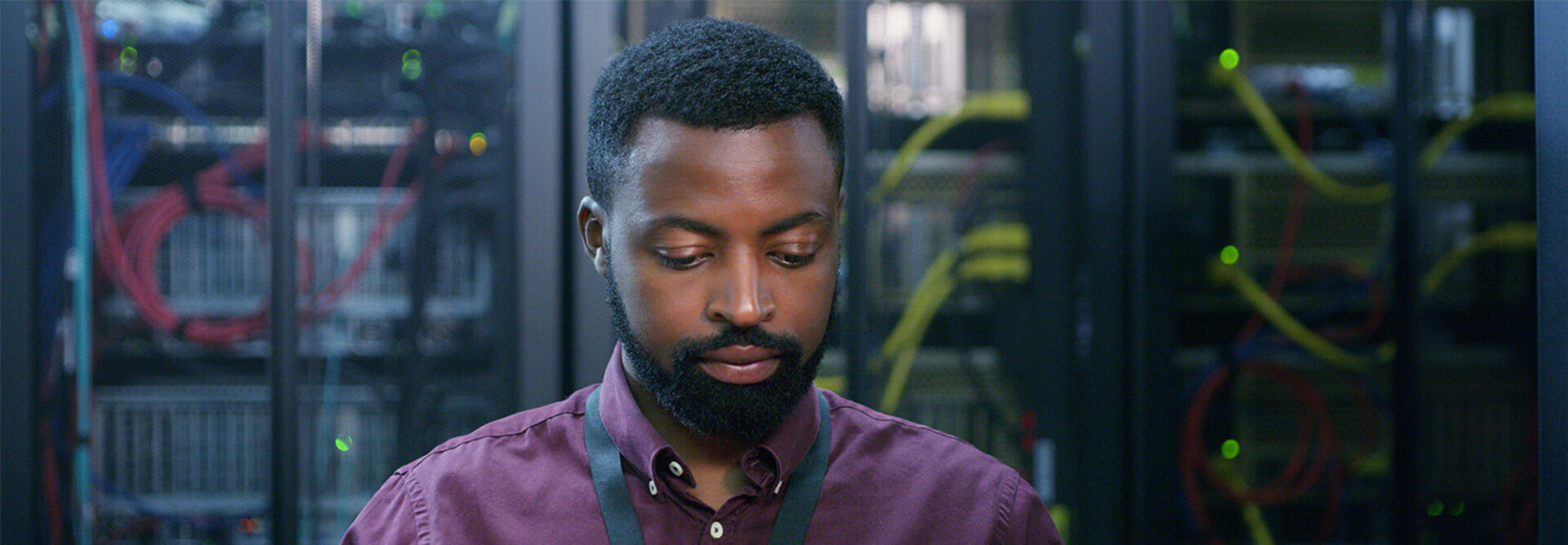Why Delaware Made the Move to DCaaS
The motivation for Delaware’s shift to DCaaS came from several fronts.
First, the Delaware Department of Technology and Information — with a goal of providing centralized IT services for state agencies — was running on outdated hardware, some of it 10 to 20 years old. Capital investments to replace such infrastructure can be difficult to secure in state budgets. But by moving to DCaaS, the department was able to have the flexibility of operating its own data center with the resiliency that comes from third-party assistance.
“We were able to leapfrog into a more modern environment, at least in terms of our equipment,” Lane says.
Delaware’s IT leaders also recognized that the state’s workforce was evolving. Many systems had been built and maintained by staff nearing retirement, making it harder to sustain those systems — including the mainframe that some agencies still use to provide services to the state’s citizens — over the long term.
By transitioning those functions to an external provider, the state ensures uninterrupted operations.
“Already, we're seeing people with mainframe expertise retire, and it’s impacting us less than it would have if we hadn’t made the move,” Lane says. “The skill sets we’re looking for now are more sustainable than relying on people who understand anchoring technology.”
With DCaaS, Delaware maintains operational oversight while leveraging cloud platforms such as Microsoft Azure and other providers to host and manage critical infrastructure.












